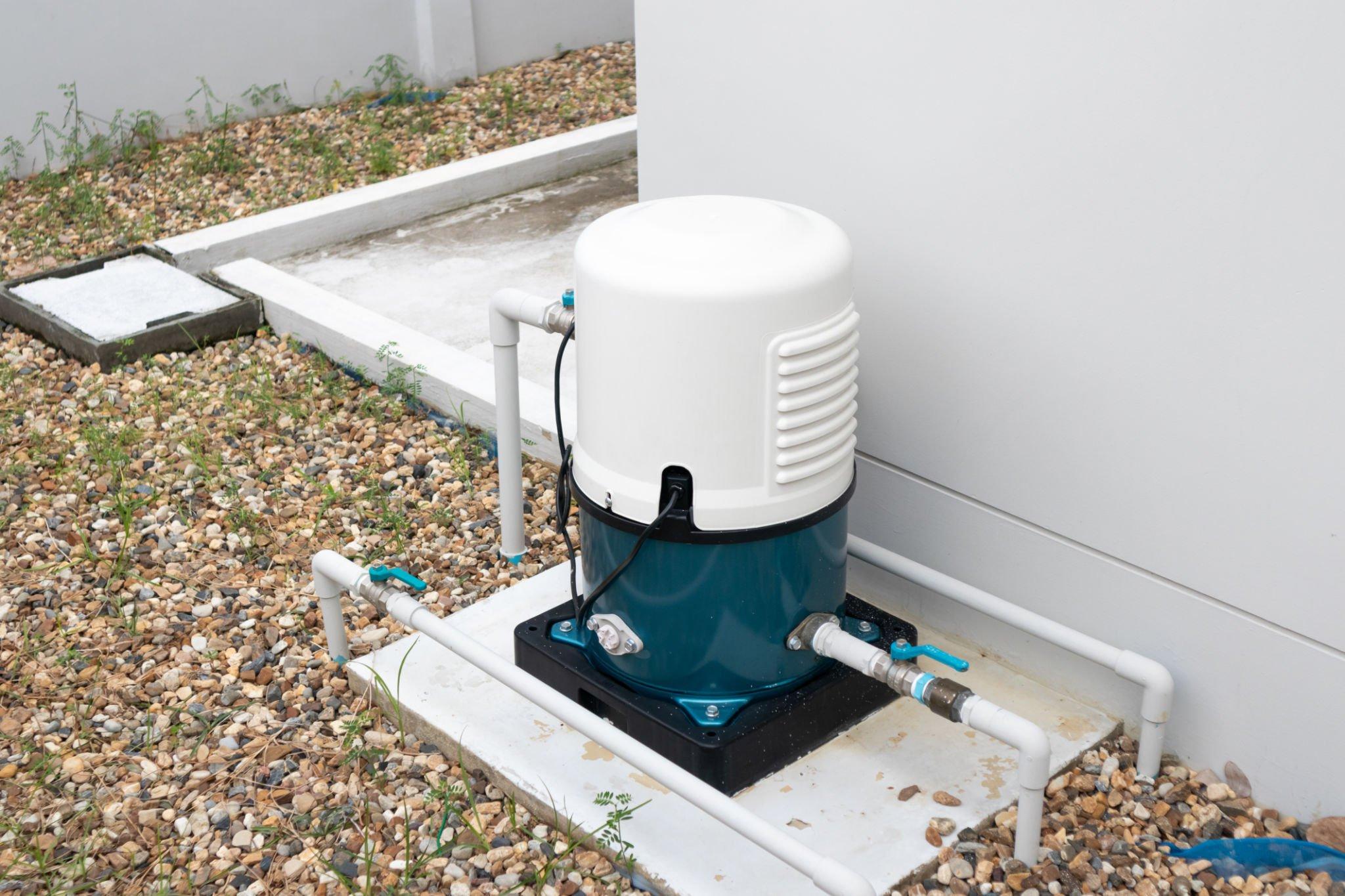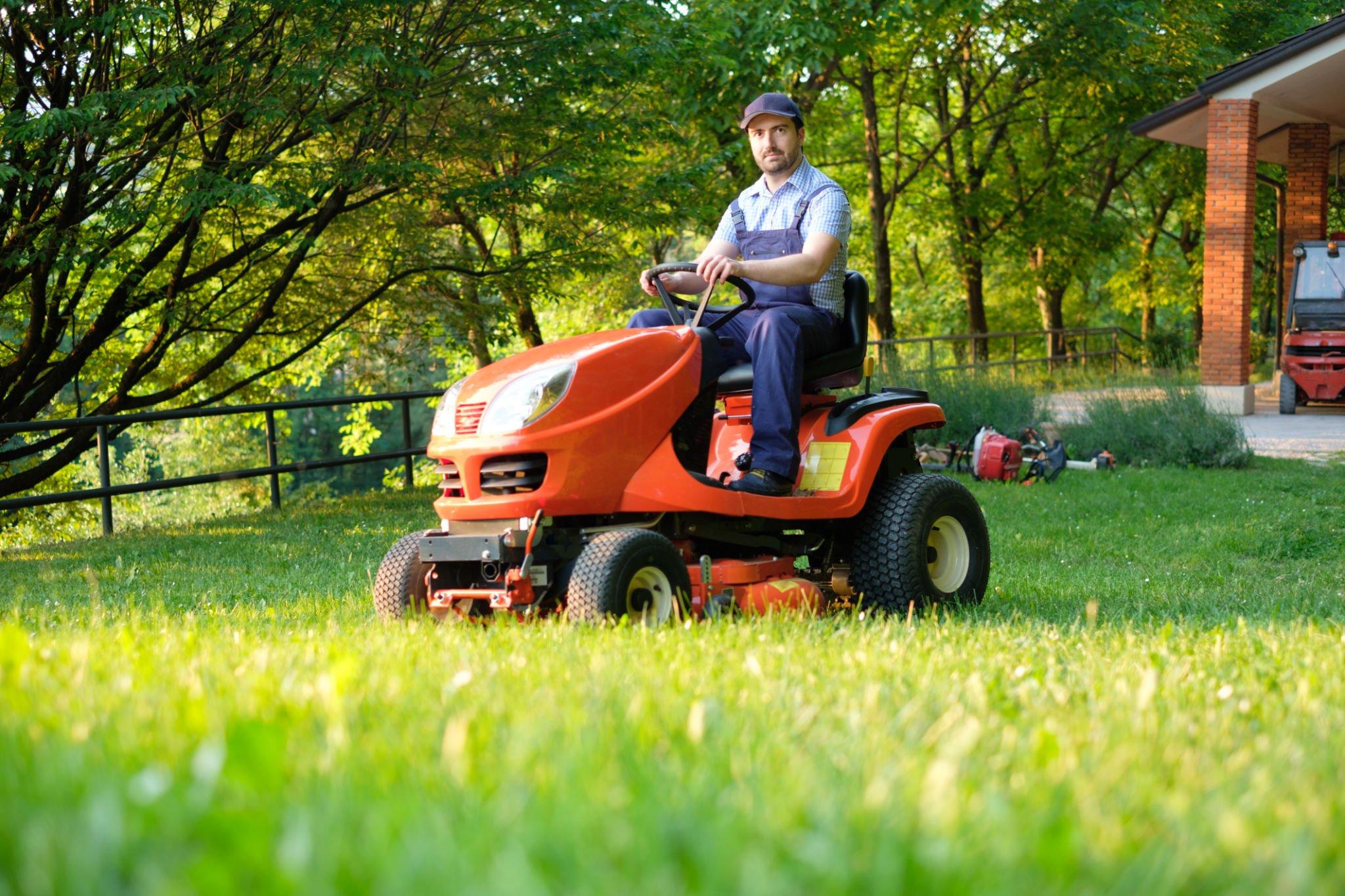Clean air is essential for a healthy lifestyle, and it’s crucial to maintain good indoor air quality. A clean house not only looks beautiful but also improves the air quality of your home. According to professionals from Castle Keepers Greenville, indoor air pollution can be more hazardous than outdoor pollution, and it can be a significant health concern, especially for those who suffer from allergies, asthma, or other respiratory problems.

1. Keep the floors clean
The floors in your home can collect dust, pet dander, and other particles that contribute to poor indoor air quality. Vacuum your carpets, rugs, and furniture frequently. Use a vacuum cleaner that has a HEPA filter to ensure that the dirt and dust particles are trapped inside. Sweeping and mopping the floors can also help remove any allergens or dust that might have accumulated.
2. Clean your air ducts
The air ducts in your home circulate the air that you breathe. Over time, dust and other particles can accumulate in the ducts and reduce the air quality. It’s important to have your air ducts professionally cleaned every few years to remove any buildup and ensure that your HVAC system is functioning correctly.
3. Change your air filters
Air filters are an essential component of your HVAC system, and they help to trap dust, pollen, and other airborne particles that can lower the air quality in your home. It’s crucial to change your air filters every three months or as recommended by the manufacturer. A dirty filter will make your HVAC system work harder, reducing its efficiency and potentially increasing your energy bills.
4. Control humidity levels
High humidity levels in your home can lead to mold growth and poor air quality. Use a dehumidifier to keep the humidity levels in your home between 30% and 50%. Additionally, ensure that your bathroom and kitchen are well-ventilated to reduce the buildup of moisture.

5. Clean bedding and upholstery
Bedding and upholstery can accumulate dust and other particles that can contribute to poor air quality. Wash your bedding regularly, and use a vacuum cleaner with a HEPA filter to clean your upholstery.
6. Use natural cleaning products
Most conventional cleaning products contain harmful chemicals that can negatively impact indoor air quality. Instead, use natural cleaning products that are free from harmful chemicals. You can make your cleaning products at home using ingredients like vinegar, baking soda, and essential oils.
Read also: Transforming Spaces: The Vital Role of Interior Design in Enhancing our Living Environment
7. Eliminate pet dander
Pets can be a significant source of indoor air pollution. Pet dander, hair, and saliva can all contribute to poor air quality. Brush your pets regularly and bathe them as needed. Additionally, consider using an air purifier with a HEPA filter to remove any pet allergens from the air.
8. Avoid smoking indoors
Smoking indoors is one of the most significant contributors to poor indoor air quality. Secondhand smoke can cause a range of health problems, including respiratory issues and lung cancer. If you or someone in your household smokes, encourage them to smoke outside to reduce the risk of indoor air pollution.

9. Keep your home well-ventilated
Proper ventilation is essential to maintaining good indoor air quality. Open your windows regularly to let fresh air circulate through your home. Additionally, consider installing exhaust fans in your kitchen and bathroom to remove moisture and odors.
10. Test your indoor air quality
If you’re concerned about the air quality in your home, consider having it tested. A professional indoor air quality test can help identify any pollutants or contaminants that might be affecting your home’s air quality. Once you know what’s causing the poor air quality, you can take steps to address the issue.


